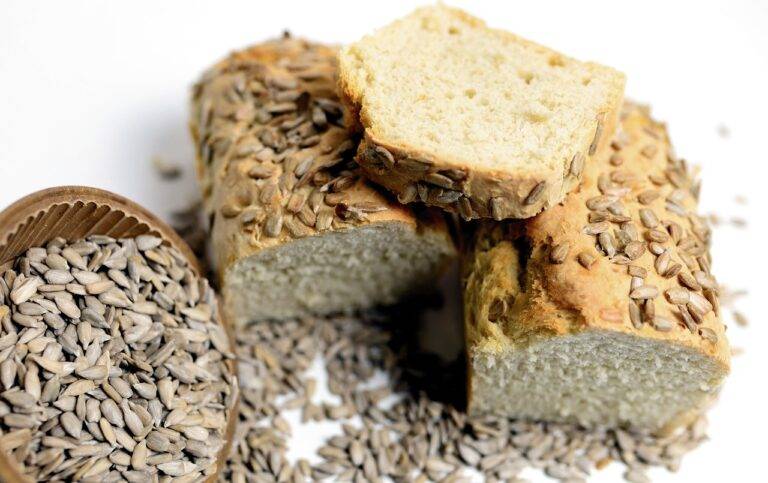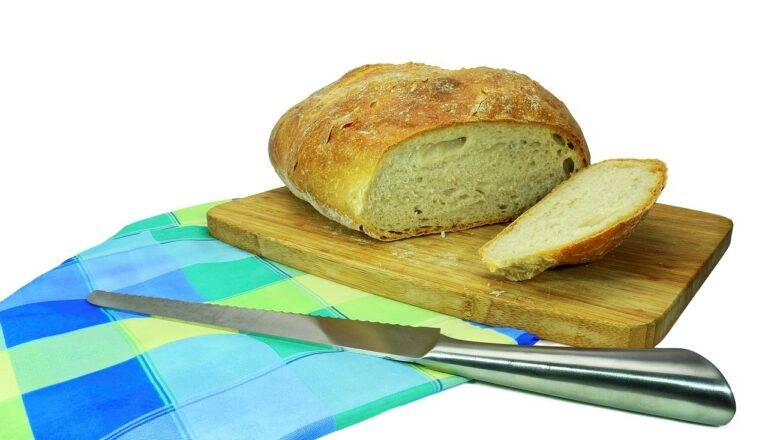Mindful Eating: Techniques for Greater Awareness and Enjoyment
When practicing mindful eating, it is essential to start by setting aside distractions. Turn off the television, put away your phone, and create a calm environment for your meals. This helps you focus fully on the experience of eating and savoring each bite.
Another important technique is to eat slowly and chew your food thoroughly. Pay attention to the flavors, textures, and sensations in your mouth as you eat. This not only enhances your enjoyment of the meal but also allows your body to recognize when it is full, helping prevent overeating.
• Slow down your eating pace and chew each bite thoroughly
• Pay attention to the flavors, textures, and sensations in your mouth
• Allow your body to recognize when it is full
• Prevent overeating by being mindful of portion sizes
In addition to slowing down and savoring each bite, practicing gratitude before meals can also enhance the experience of mindful eating. Take a moment to express thankfulness for the food on your plate, acknowledging where it came from and the effort that went into preparing it. This simple act can help cultivate a sense of appreciation for your meals.
Furthermore, listening to your body’s hunger cues is crucial in mindful eating. Learn to distinguish between physical hunger and emotional cravings. Eat when you are truly hungry and stop when you feel satisfied, rather than continuing out of habit or boredom.
• Practice gratitude before meals by expressing thankfulness for the food
• Acknowledge where the food came from and appreciate its preparation process
• Listen to your body’s hunger cues
• Differentiate between physical hunger and emotional cravings
The Importance of Being Present While Eating
It is crucial to focus on the act of eating without distractions. When we are fully present while consuming our meals, we are more tuned in to our body’s hunger and fullness cues. This allows us to better regulate our food intake and make healthier choices.
Being present while eating also enhances the enjoyment of the meal. We can savor the flavors, textures, and aromas of the food when we are fully engaged in the experience. By immersing ourselves in the present moment during mealtimes, we can foster a deeper appreciation for the nourishment that food provides to our bodies.
How to Engage Your Senses During Meals
One way to engage your senses during meals is to start by taking a moment to observe the appearance of the food on your plate. Notice the colors, textures, and shapes of the different items. Let your eyes scan the meal and appreciate the visual presentation before you take your first bite.
As you begin to eat, focus on the aromas wafting from your plate. Close your eyes and take a deep breath to fully immerse yourself in the scents of the food. Pay attention to how the smells make you feel and how they enhance your overall dining experience. Engaging your sense of smell can greatly enhance your enjoyment and connection to the food you are consuming.
What is mindful eating?
Mindful eating is the practice of being fully present and aware while eating, focusing on the sensory experience of the food and the act of eating.
How does engaging your senses during meals benefit you?
Engaging your senses during meals can help you appreciate your food more, slow down your eating pace, and improve digestion as well as overall satisfaction with your meal.
What are some techniques for practicing mindful eating?
Some key techniques for practicing mindful eating include slowing down your eating pace, paying attention to the colors and textures of your food, savoring each bite, and listening to your body’s hunger and fullness cues.
Why is it important to be present while eating?
Being present while eating allows you to fully enjoy and appreciate your food, helps prevent overeating by tuning into your body’s hunger cues, and can improve digestion and overall satisfaction with your meal.
How can I engage my senses during meals?
To engage your senses during meals, focus on the colors, textures, and aromas of your food, chew slowly and savor each bite, and pay attention to the sounds and sensations of eating.







